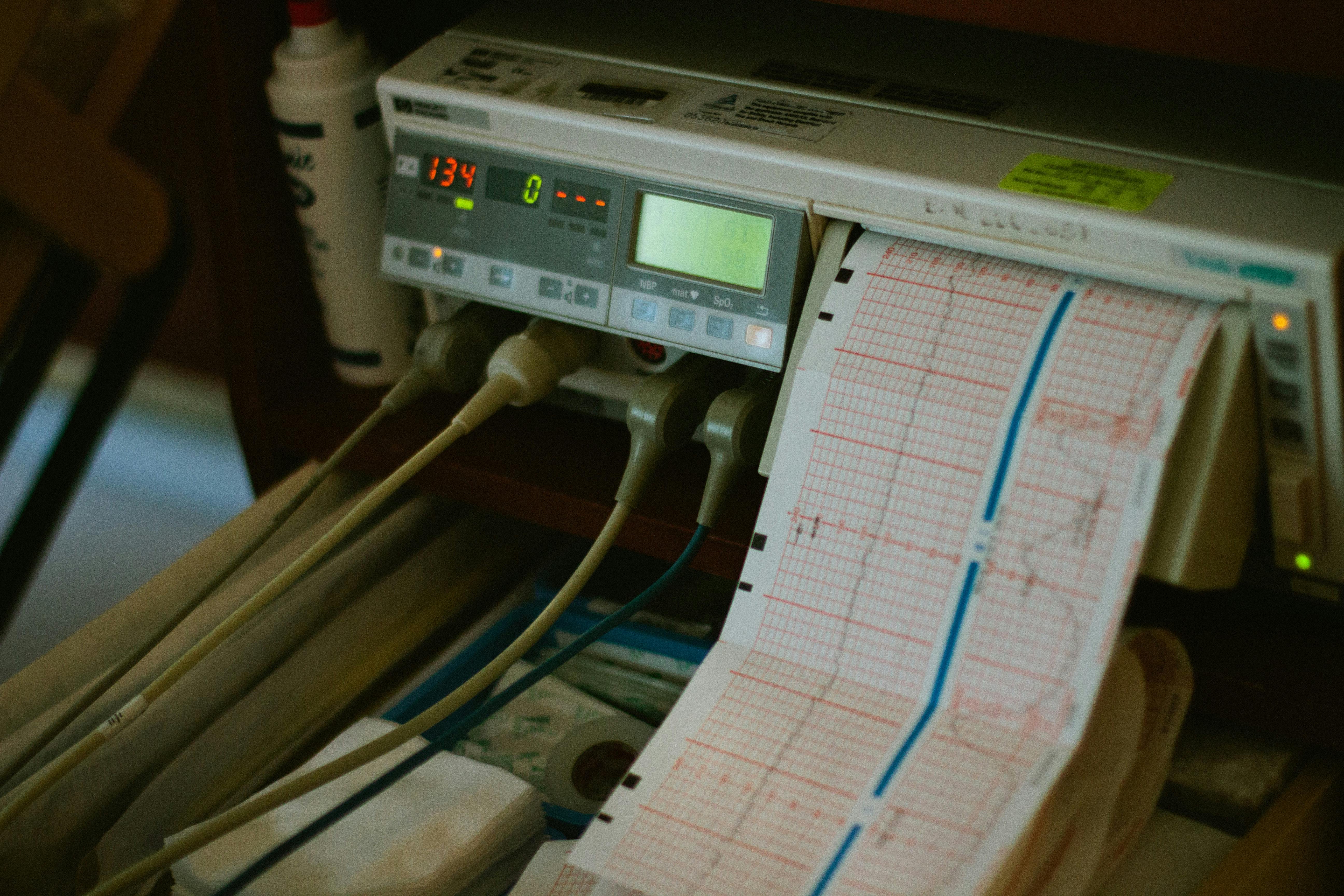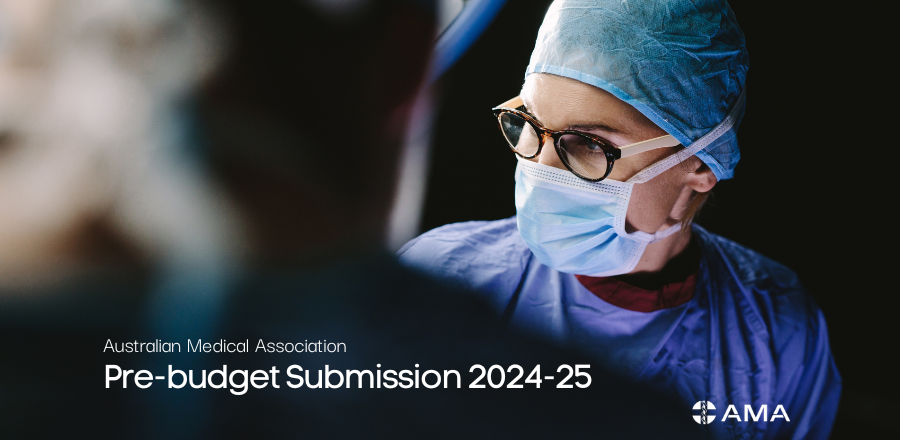Work to make Australia’s electricity grid fit for the 21st century and lower costs for households and businesses has received a boost, with the Albanese Government investing in an innovative project in South Australia that will help manage power from rooftop solar more efficiently, stabilise the grid and enable consumers to save money.
The Albanese Government is contributing more than $1 million to SA Power Networks’ Market Active Solar Trial. The project will help regulate the oversupply of power on the grid from small-scale solar.
The $2.1 million project will see project partners AGL Energy and Simply Energy demonstrate the commercial application of two new technical models for managing distributed energy resources for customers who opt-in to the trial.
Assistant Minister for Climate Change and Energy Jenny McAllister said the project was a great investment in local innovation, and an opportunity for Australians to get the most bang for their buck out of their rooftop solar.
“This is another example of the Albanese Government of investing in technology to put downward pressure on energy bills of Australian consumers,” Senator McAllister said.
“We want to make sure that when consumers are putting solar back into the grid, it is used optimally. This is about balancing supply and demand on our electricity grid, which aims to deliver greater stability and, in turn, lower costs for households and businesses.
“The project enables greater flexibility and a more cost-effective way of reducing the load on the grid during busy periods, putting downward pressure on energy costs and make the grid more secure.”
Rooftop solar is the largest generator of electricity in South Australia. The trial will see innovative new retail offers that reward customers for allowing their solar to be responsive to wholesale energy market pricing, including rewarding them for reducing their solar exports to maintain grid security.
If successful, the solutions could be rolled out in other states and extended to other distributed energy resources, boosting renewables in the National Electricity Market, and unlocking additional benefits in it. Field trials are expected to start in late 2023, with the project expected to be completed by late 2024.







